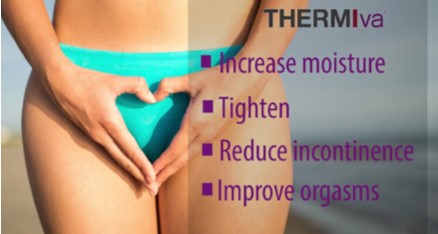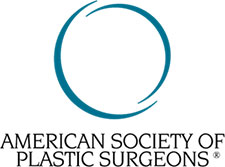
Forehead Lift/Brow Lift
Forehead Lift/Brow Lift: Common Questions
Who is a candidate for forehead lift?
Someone who has a low or sagging brow, or has furrows in the forehead, and/or between the eyebrows that have been created by their muscles when they frown.
How long will it last?
It sets the clock back five to ten years, and then the gravity process associated with aging begins again.
Is the procedure done in the office?
For safety purposes it is performed in a surgical facility as an outpatient. The physicians usually request the procedure to be performed with sedation or general anesthesia. You would go home an hour or so after the surgery.
Are there any restrictions after surgery?
Keeping the head elevated is a must the days following surgery. You would need to sleep in a recliner or pile pillows up to keep the head above the heart. Lifting will be restricted to ten pounds for the first week depending on how you heal. It is important not to raise your heart rate or blood pressure to keep the amount of swelling and bruising to a minimum.
What are the risks or complications?
There is always the risk of bleeding and infection with all surgeries. More specific risks would be swelling, numbness, pain, itchy scalp, and restricted or temporarily impaired facial movements. If you are a smoker you must quit for at least two weeks before surgery because of a greater risk of scarring, poor healing, and skin loss.
What can I expect?
Immediately following surgery your forehead may be taped and your head loosely wrapped. Initial wound healing is five to ten days. Healing will continue for several weeks as swelling goes down and incision lines begin to refine and fade. It may take several months for the swelling to completely go down. A year is usually the length of time for the incision lines to fully refine. It is important to wear a good sunscreen, especially after facial surgery.








